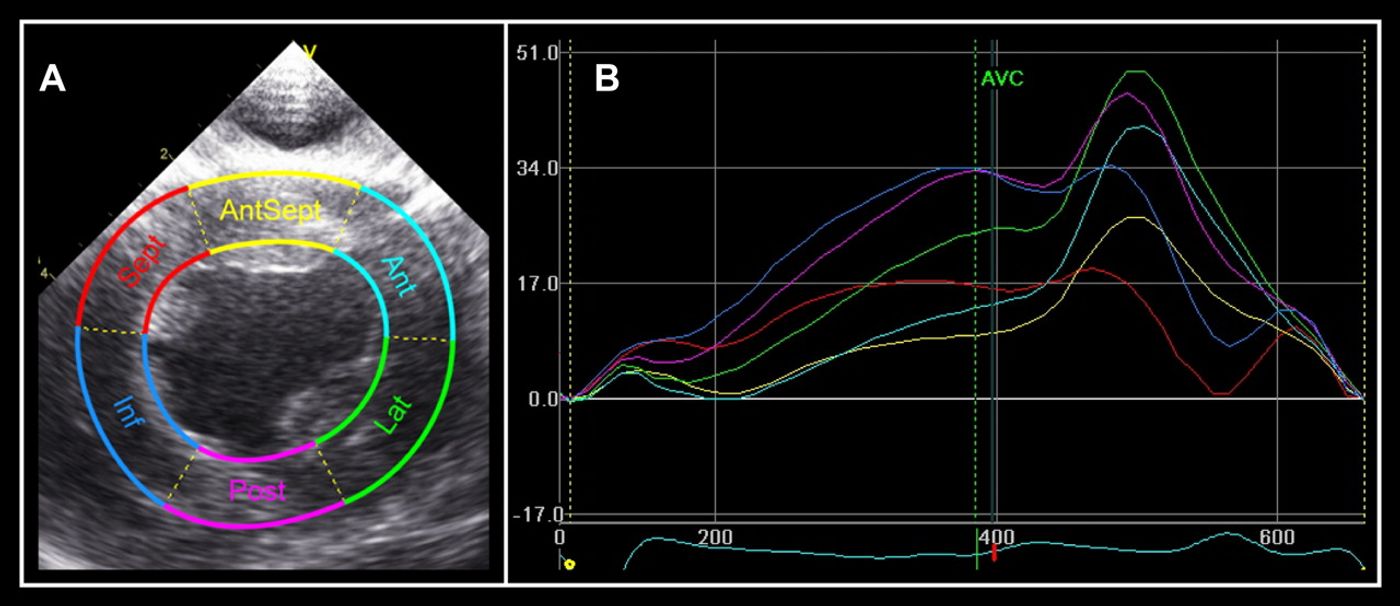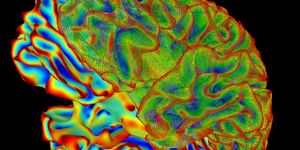For advanced heart failure patients who have tried the most extreme therapy for at least six months, sometimes the last resort is mitral valve surgery, either to repair the valve or to replacement it entirely. In a new study of 50 heart failure patients, researchers from the American College of Cardiology discovered a new way to predict which patients should go ahead with the surgery and which aren’t strong enough to go through with it.

New results show that the amount of left ventricle heart torsion could effectively predict which heart failure candidates, specifically non-ischemic chronic secondary severe mitral regurgitation (NICSMR) patients. Even more, left ventricular torsion is easily measured with a quick and easy pre-operative echocardiographic measurement.
By looking at 50 NICSMR patients, all with consistent symptoms, and following up with them approximately two and a half years after their mitral valve surgery, the team of researchers verified pre-operation left ventricular torsion as predictive of post-surgery outcomes. After the 2.5-year follow-up, 19 patients out of the 50 died. The researchers divided the heart failure patients into three groups:
- Those with preserved left ventricular torsion
- Those with lost left ventricular torsion
- Those with a wide QRS complex who received cardiac resynchronization therapy (CRT)
The QRS complex describes the combination of heart waves as depicted by an electrocardiogram. A widened QRS signals an abnormal heart pattern. Cardiac resynchronization therapy is administered to resolve the situation by implanting a pacemaker to correct irregularities in the heart beat.
The data analysis clearly showed that patients with preserved left ventricular torsion were the most likely to survive post-surgery, and, oppositely, patients with lost left ventricular torsion are most likely to have a poor post-mitral surgery survival. Additionally, the patients with widened QRS readings who received CRT before mitral valve surgery were the most likely to die in the two years following the surgery.
“Mechanistically, this study suggests that the loss of torsion in patients with heart failure may reflect irreversible structural damage to the heart which would prevent the heart from recovering after corrective surgery,” said Douglas L. Mann, PhD, editor-in-chief of
JACC: Basic to Translational Science, where the study was published.
Based on the results of the study, scientists expect left ventricular torsion to be the next prediction tool for not just NICSMR patients considering surgery but for many more heart failure patients. As the future of multi-faceted prediction biomarkers, left ventricular torsion will help doctors decide which patients are best-suited for mitral valve surgery.
Sources:
American College of Cardiology,
American Heart Association,
University of Utah School of Medicine









